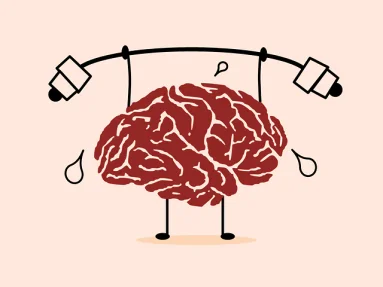Amusing Facts You Never Knew About Laughter
:
Here are 30 Amusing Facts You Never Knew About Laughter
Humans are born with the capacity to laugh. The syllables "ha-ha," "ho-ho," or "he-he" are part of the universal human vocabulary, and all cultures recognize them.
The ages at which we laugh most exuberantly are 5 and 6.
Researchers speculate that humans laughed before they could speak.
Monkeys and rats laugh.
Research shows that couples who laugh together are more likely to have a longer relationship. What is important is not so much finding a partner with a sense of humor, but rather that partners can create humor together.
Laughter is contagious. Just watching people laugh activates the brain to prepare facial muscles to join in.
Laughing just 10–15 minutes a day can burn up to 40 calories.
Laughter synchronizes the brains of both speaker and listener so that they become emotionally attuned.
Gelotophobia is the fear of laughter. Those who suffer from gelotophobia respond to all laughter as if it is at their expense. Up to 13% of the population could be afraid of laughter.
Research shows that people who laugh at dark jokes have higher IQs and report less-aggressive tendencies.
Gelotology is the study of humor and laughter.
You can't make yourself laugh by tickling yourself. Your brain predicts that a tickle is about to happen, so it's impossible to surprise yourself.
The number one reason people laugh isn't because of a joke but because they are interacting with another person.
There is no formula for making someone laugh. Researchers generally note that what makes us laugh is when we expect one thing and then that expectation is quickly turned on its head.
While rare, it is possible to die from laughter. Laughing too hard can cause a brain aneurysm, asthma attack, gelastic seizures, or asphyxiation. Famous people who have died from laughter include Chrysippus (third-century Greek, Stoic philosopher), King Martin of Aragon in 1410, and Englishman Alex Mitchell in 1975.
Women typically are interested in men who make them laugh, and men are interested in women who laugh at their jokes.
Personal ads for both men and women mention humor more often than education, intelligence, profession, or sexual drive.
Babies usually start laughing when they are between 3 and 5 months old.
Even forcing yourself to smile or to laugh can improve your mood.
Plato thought that undisciplined laughter could threaten the state./p>
Children who are born blind and deaf are able to laugh.
Laughter improves cardiovascular health and increases blood flow.
Laughing too hard can cause cataplexy, or sudden and uncontrollable muscle weakness. A person experiencing cataplexy is still awake and aware, but they are unable to move.
Laughter yoga is a type of yoga that combines laughter, deep breathing, and playful exercises.
Nervous laughter, like courtesy laughter, is a type of conscious laughter that tries to move a potentially awkward situation along more quickly.
An agelast is someone who rarely or never laughs.
Laughter can bring people together. It can also be used as a weapon to humiliate and ostracize.
Laughter, such as nervous laughter, is often used as a defense mechanism against anxiety or fear.[
Laughter reduces pain, reduces blood sugar levels, increases glucose tolerance in diabetics and non diabetics, improves job performance, and brings people together.
In 1962, a laughter epidemic broke out in Tanzania. The outbreak began in a girls' school and spread to other communities, ultimately affecting 1,000 people and causing the temporary closure of 14 schools. Symptoms included cycles of laughing and crying that lasted from a few hours to 16 days.











